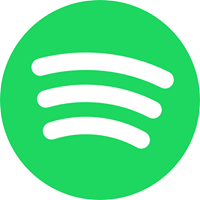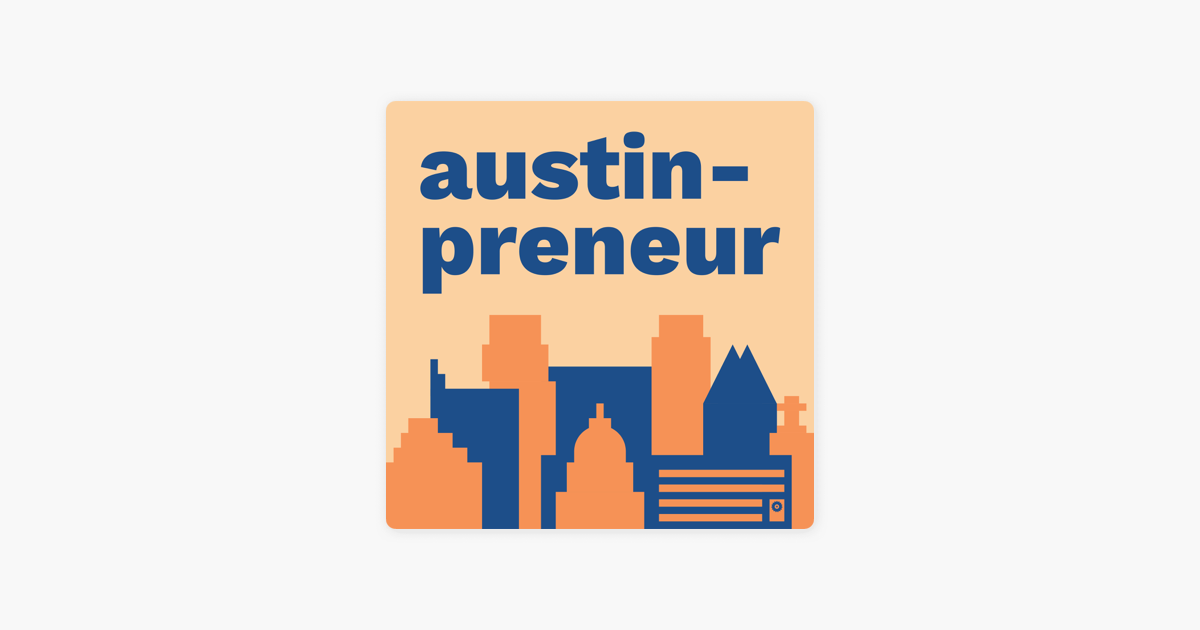The Digital Dilemma: Navigating the Landscape of Social Media and Mental Health
December 17, 2024, 4:14 pm
In the vast ocean of social media, we often find ourselves adrift. The waves of information crash over us, pulling us into a whirlpool of distraction. This phenomenon, often dubbed "brain rot," has become a pressing concern in our digital age. As we scroll through endless feeds, we must ask ourselves: Are we consuming content that nourishes our minds, or are we merely filling our heads with junk?
Social media was once a beacon of connection. It promised to bridge distances and foster relationships. Yet, as the years have rolled on, it has morphed into a playground for triviality. Platforms like TikTok and Instagram thrive on short, catchy snippets that captivate our attention but leave us feeling empty. The allure of quick entertainment can be intoxicating, but it comes at a cost.
Research shows that this constant barrage of fast-paced content can overwhelm our brains. Attention spans shrink, and the ability to engage in meaningful activities diminishes. We find ourselves trapped in a cycle of mindless scrolling, losing touch with deeper connections and critical thinking. It’s a slippery slope, where the more we consume, the less we truly engage with the world around us.
Imagine standing in a garden, surrounded by vibrant flowers. Each bloom represents a moment of genuine connection or a thought-provoking idea. Now, picture that garden overrun with weeds—distracting, uninvited, and suffocating the beauty within. This is what happens when we allow social media to dominate our lives. The weeds of distraction choke out the flowers of meaningful engagement.
But it doesn’t have to be this way. We can reclaim our digital spaces. The first step is awareness. How much time do we spend on social media? The answer might shock us. Experts recommend limiting usage to between 30 minutes and two hours a day. This isn’t just a guideline; it’s a lifeline.
Setting boundaries is crucial. Designate specific times for social media use. Perhaps during your commute or after finishing a book. By doing this, we create a structure that allows for intentional engagement rather than mindless consumption. Turning off notifications can also help. The constant pinging of alerts is like a siren song, luring us into the depths of distraction.
Next, we must curate our feeds. Just as a chef selects the finest ingredients for a meal, we should choose the accounts we follow with care. Are we following people out of obligation? Are we consuming content that adds value to our lives? If not, it’s time for a digital spring cleaning.
Consider what you want from social media. Are you seeking knowledge, inspiration, or connection? By aligning our online interactions with our personal goals, we can transform our feeds from a source of anxiety into a wellspring of growth.
Diversification is key. Instead of defaulting to the same platforms, explore others that offer educational content. YouTube is a treasure trove of instructional videos, while podcasts can provide deep dives into topics of interest. Not all social media is “brain rot.” Some can be a garden of knowledge, waiting to be explored.
However, the digital world is only one part of our lives. We must also cultivate healthy habits offline. The beauty of nature, the warmth of human interaction, and the joy of creativity are all waiting for us beyond the screen. Take a walk without your phone. Engage in a hobby that requires your hands and mind. These activities ground us, reminding us of the richness of life beyond the digital realm.
As we navigate this complex landscape, it’s essential to remember that social media is a tool. Like any tool, it can be used wisely or recklessly. The choice is ours. We can either let it consume us or harness its power for good.
In the end, the goal is to strike a balance. Social media can be a vibrant part of our lives, but it should never overshadow the real world. By being intentional with our usage, we can transform our online experiences from mindless scrolling to meaningful engagement.
Let’s not allow our brains to rot in the digital wasteland. Instead, let’s cultivate a rich garden of ideas, connections, and growth. The seeds we plant today will shape the landscape of our minds tomorrow. So, take a moment to reflect. What kind of garden do you want to grow? The choice is yours.
Social media was once a beacon of connection. It promised to bridge distances and foster relationships. Yet, as the years have rolled on, it has morphed into a playground for triviality. Platforms like TikTok and Instagram thrive on short, catchy snippets that captivate our attention but leave us feeling empty. The allure of quick entertainment can be intoxicating, but it comes at a cost.
Research shows that this constant barrage of fast-paced content can overwhelm our brains. Attention spans shrink, and the ability to engage in meaningful activities diminishes. We find ourselves trapped in a cycle of mindless scrolling, losing touch with deeper connections and critical thinking. It’s a slippery slope, where the more we consume, the less we truly engage with the world around us.
Imagine standing in a garden, surrounded by vibrant flowers. Each bloom represents a moment of genuine connection or a thought-provoking idea. Now, picture that garden overrun with weeds—distracting, uninvited, and suffocating the beauty within. This is what happens when we allow social media to dominate our lives. The weeds of distraction choke out the flowers of meaningful engagement.
But it doesn’t have to be this way. We can reclaim our digital spaces. The first step is awareness. How much time do we spend on social media? The answer might shock us. Experts recommend limiting usage to between 30 minutes and two hours a day. This isn’t just a guideline; it’s a lifeline.
Setting boundaries is crucial. Designate specific times for social media use. Perhaps during your commute or after finishing a book. By doing this, we create a structure that allows for intentional engagement rather than mindless consumption. Turning off notifications can also help. The constant pinging of alerts is like a siren song, luring us into the depths of distraction.
Next, we must curate our feeds. Just as a chef selects the finest ingredients for a meal, we should choose the accounts we follow with care. Are we following people out of obligation? Are we consuming content that adds value to our lives? If not, it’s time for a digital spring cleaning.
Consider what you want from social media. Are you seeking knowledge, inspiration, or connection? By aligning our online interactions with our personal goals, we can transform our feeds from a source of anxiety into a wellspring of growth.
Diversification is key. Instead of defaulting to the same platforms, explore others that offer educational content. YouTube is a treasure trove of instructional videos, while podcasts can provide deep dives into topics of interest. Not all social media is “brain rot.” Some can be a garden of knowledge, waiting to be explored.
However, the digital world is only one part of our lives. We must also cultivate healthy habits offline. The beauty of nature, the warmth of human interaction, and the joy of creativity are all waiting for us beyond the screen. Take a walk without your phone. Engage in a hobby that requires your hands and mind. These activities ground us, reminding us of the richness of life beyond the digital realm.
As we navigate this complex landscape, it’s essential to remember that social media is a tool. Like any tool, it can be used wisely or recklessly. The choice is ours. We can either let it consume us or harness its power for good.
In the end, the goal is to strike a balance. Social media can be a vibrant part of our lives, but it should never overshadow the real world. By being intentional with our usage, we can transform our online experiences from mindless scrolling to meaningful engagement.
Let’s not allow our brains to rot in the digital wasteland. Instead, let’s cultivate a rich garden of ideas, connections, and growth. The seeds we plant today will shape the landscape of our minds tomorrow. So, take a moment to reflect. What kind of garden do you want to grow? The choice is yours.

